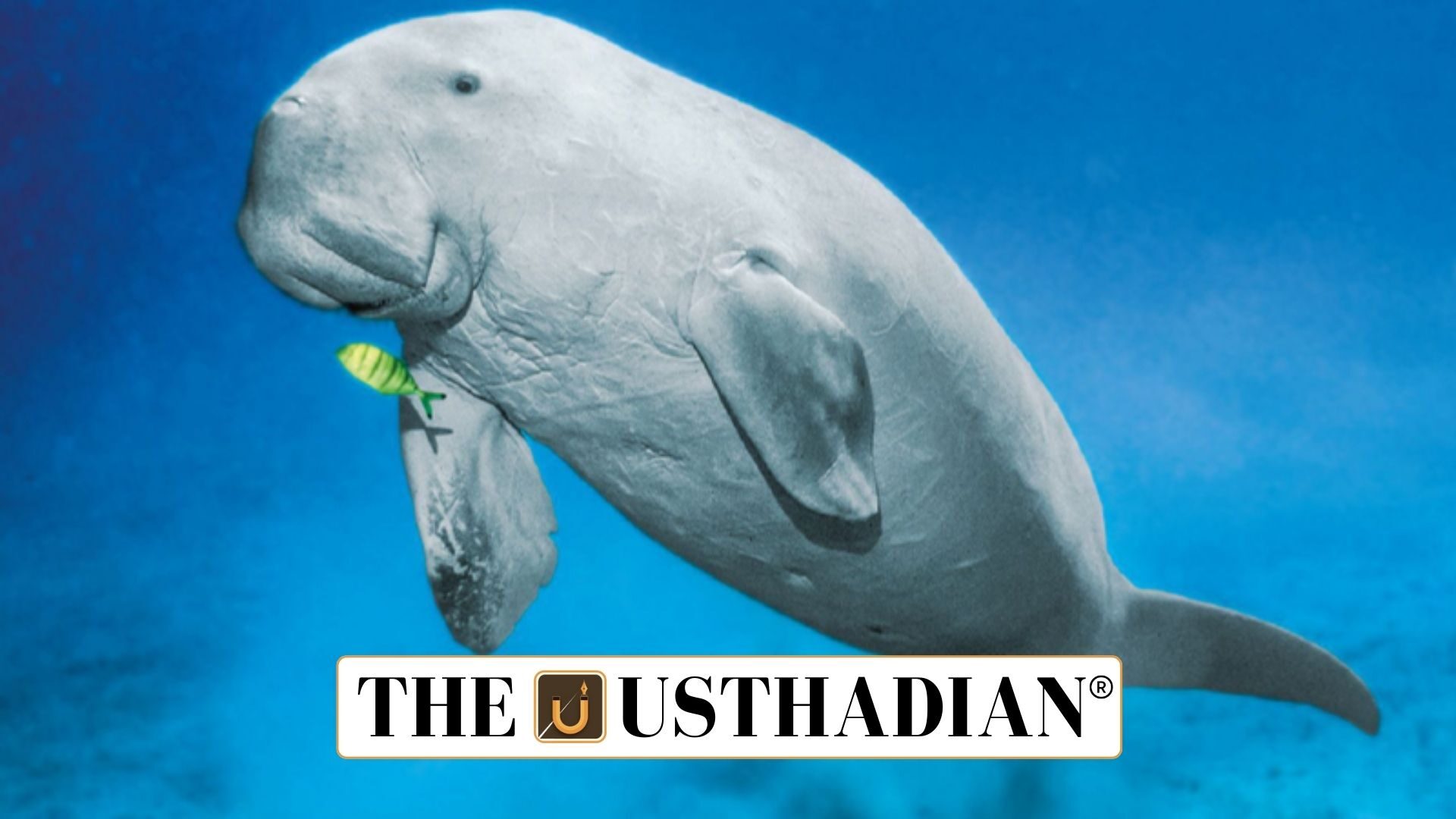IUCN recognition
India’s Dugong Conservation Reserve gains global recognition: The International Union for Conservation of Nature (IUCN) has officially recognized India’s first Dugong Conservation Reserve at its World Conservation Congress 2025. This decision highlights India’s leadership in marine biodiversity protection and calls for replicating the model in other parts of the Indian Ocean.
Establishment of the reserve
The reserve was set up in 2022 by the Tamil Nadu government under the Wildlife Protection Act, 1972. It spreads across 448.34 sq. km. in northern Palk Bay, an ecologically rich region with over 12,250 hectares of seagrass meadows. These habitats serve as a crucial feeding ground for dugongs and support numerous other marine species.
Static GK fact: The Wildlife Protection Act was enacted in 1972 to protect endangered flora and fauna in India.
Ecological importance
Seagrass meadows in Palk Bay play a significant role in carbon sequestration, making the reserve vital for climate change mitigation. Apart from dugongs, these meadows sustain diverse species including fish, crustaceans, and mollusks, forming a key link in marine ecosystems.
Static GK Tip: One hectare of seagrass can store up to 83,000 kg of carbon, far higher than terrestrial forests.
About the dugong
The dugong (Dugong dugon) is the world’s only marine herbivorous mammal, feeding exclusively on seagrasses. In India, the largest population is found in Palk Bay, followed by the Gulf of Mannar and Gulf of Kutch. Their current estimated population in India is only about 200 individuals, highlighting the urgent need for protection.
Threats and conservation status
Dugongs face threats from habitat degradation, hunting, and unintentional captures in fishing nets. Their global status is Vulnerable as per the IUCN Red List, and in India they are protected under Schedule I of the Wildlife Protection Act, 1972, the highest category of legal protection.
Static GK fact: The dugong is also known as the “sea cow” because of its grazing behavior on seagrass beds.
Global implications
By adopting the Indian model, IUCN aims to promote similar conservation reserves across the Indian Ocean region and beyond. This recognition strengthens India’s position in global environmental leadership and supports the country’s commitment to the Convention on Biological Diversity (CBD) targets.
Static Usthadian Current Affairs Table
India’s Dugong Conservation Reserve gains global recognition:
| Topic | Detail |
| IUCN recognition | Dugong Conservation Reserve of India recognized at IUCN World Conservation Congress 2025 |
| Year of establishment | 2022 |
| State involved | Tamil Nadu |
| Legal framework | Wildlife Protection Act, 1972 |
| Area covered | 448.34 sq. km. in northern Palk Bay |
| Habitat type | 12,250 hectares of seagrass meadows |
| Species protected | Dugong (Dugong dugon) |
| IUCN Red List status | Vulnerable |
| Indian legal status | Schedule I, Wildlife Protection Act, 1972 |
| Nickname of dugong | Sea Cow |








